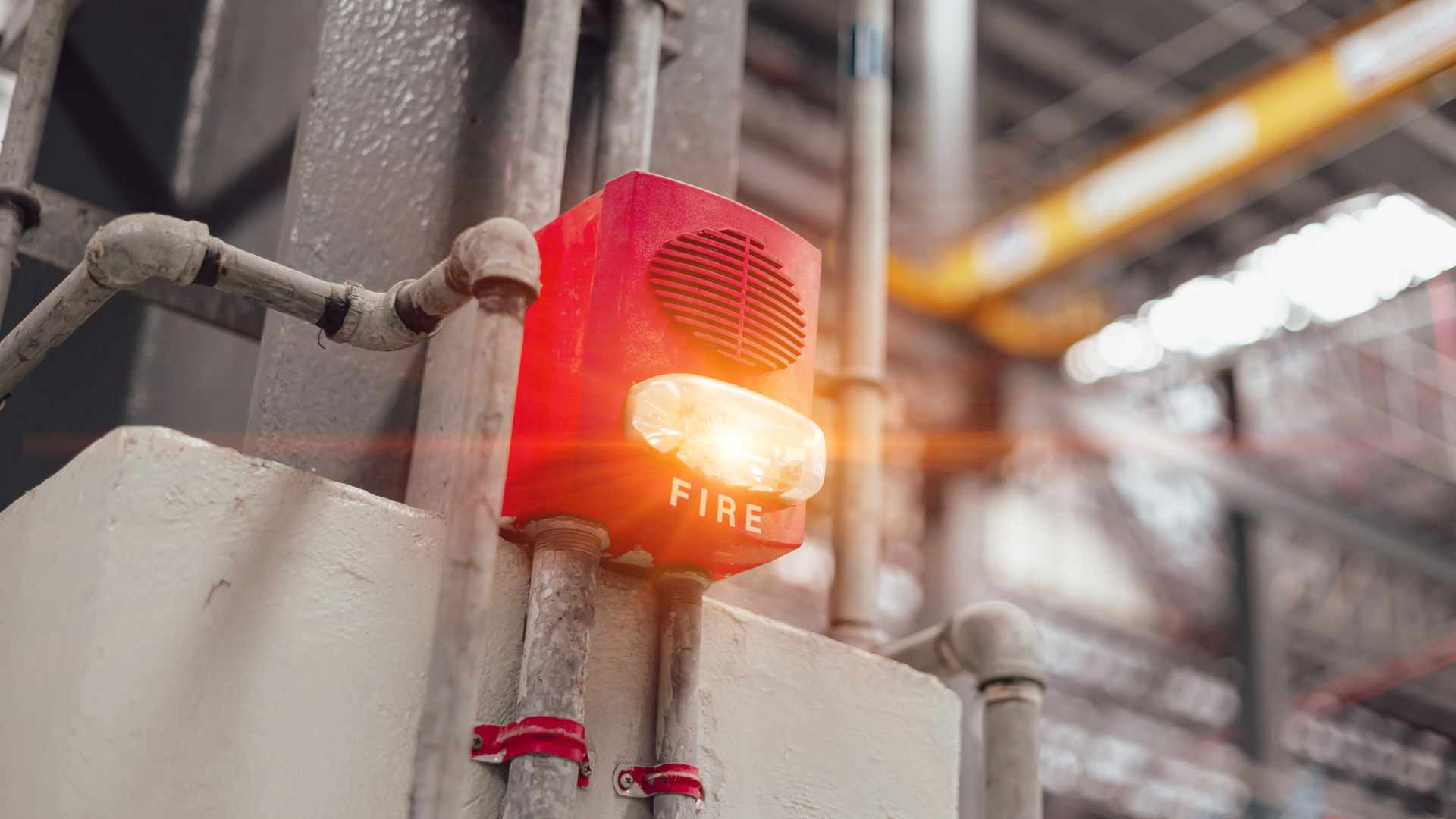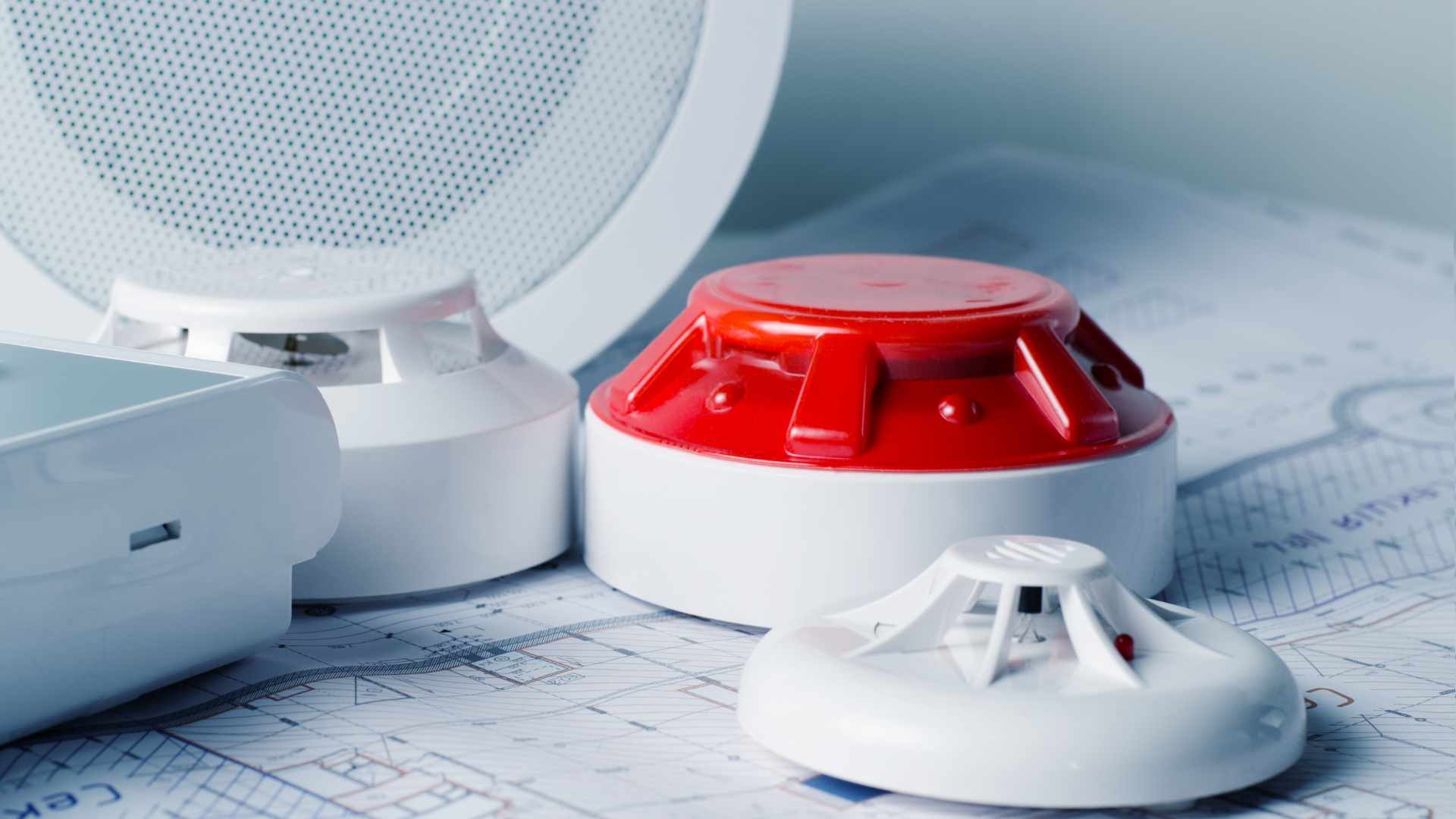Protecting one’s property is of the utmost importance in today’s environment when homeowners prioritise safety and security. Putting in a home security system is one of the best ways to deal with these issues simultaneously. In addition to making you feel safer, a home security system is an effective tool for reducing potential dangers. In this method, we look for danger, evaluate our weaknesses, and then take preventative action to lessen the impact of any adverse outcomes. In addition to preventing criminal activity, home security systems offer early warnings and quick reactions to various crises by combining cutting-edge technology with careful design.
Guide To Household Risk Management
Implementing a home security system is a crucial part of household risk management. It involves identifying potential threats, assessing vulnerabilities, and deploying appropriate measures to mitigate risks. This guide provides an overview of managing household security risks effectively, leveraging insights from leading security providers.
Identifying Risks and Vulnerabilities
Front and back doors, windows, and garages are primary targets for intruders. Security measures such as reinforced doors, locks, and window sensors can reduce these vulnerabilities.
Indoor and Outdoor Monitoring
Installing CCTV cameras both inside and outside the home provides continuous surveillance. Modern systems allow for remote monitoring and real-time alerts, ensuring comprehensive coverage.
Environmental Hazards
Smoke and fire alarms, detect and alert residents to potential fire hazards. Regular maintenance and upgrades are essential to ensure these systems function correctly and comply with current safety standards.
Proactive Measures for Risk Mitigation
Advanced Surveillance
CCTV systems from providers enhance security by recording and deterring criminal activities. Features like high-definition video, motion detection, and remote access provide robust monitoring capabilities.
Alarm Systems
Integrating alarm systems with CCTV cameras and sensors increases the effectiveness of the security setup. Security Systems offers comprehensive alarm solutions that include video verification and 24/7 monitoring.
Smoke and Fire Detection
Installing interconnected smoke alarms ensures that all alarms in the house are activated when one alarm goes off, providing early warning and extra time to escape.
Behavior Analysis
Advanced CCTV systems include behaviour analysis features such as line crossing and intrusion detection, enhancing the ability to identify and respond to suspicious activities.
Emergency Response Integration
Systems can automatically alert local authorities or emergency services, ensuring a rapid response in critical situations.
Expert Installation
Professional installation ensures that all security system components are correctly set up and optimally configured. Providers offer professional services to maximise the effectiveness of the security setup.
How To Spot Possible Threats in Your Home Security System?
Adequate home security is not just about installing alarms and cameras; it’s also about being vigilant and proactive in identifying potential threats. By understanding the common signs of security risks and knowing how to respond, you can enhance your home’s protection.
Recognising Unusual Activity
Monitoring Suspicious Activity: Be aware of unfamiliar vehicles that repeatedly drive by or park near your home. Similarly, keep an eye out for unknown individuals loitering around your property.
Surveillance Systems: Utilise CCTV cameras to capture footage of any suspicious activity. We recommends positioning cameras to cover all entry points and common areas for a comprehensive view.
Unexpected Visitors
Verifying Identity: Always verify the identity of service personnel or delivery people before allowing them access to your home. Use intercom systems or doorbell cameras for this purpose.
Alarm Systems: It advises integrating alarm systems with intercoms and cameras to ensure you can interact with visitors safely without opening the door.
Identifying Security Weaknesses
Regular Inspections: Conduct inspections of doors, windows, and other entry points to ensure they are secure. Look for signs of tampering, such as scratches, damaged locks, or loose fixtures.
Reinforcements: Install high-quality locks and reinforce door frames to prevent forced entry. Consider using smart locks for enhanced security.
Inadequate Lighting
Outdoor Lighting: Ensure all outdoor areas, especially entry points and pathways, are well-lit. Motion-activated lights are particularly effective in deterring intruders.
Lighting Integration:Integrate lighting with your security system so that lights turn on automatically when motion is detected.
Fire and Smoke Detection
Smoke Alarms: Regularly test and maintain smoke alarms to ensure they function correctly. It highlights the importance of interconnected smoke alarms that alert all occupants simultaneously in case of a fire.
Maintenance: Replace smoke alarms every ten years and ensure batteries are changed regularly.
Carbon Monoxide Detectors
Installation: Install carbon monoxide detectors near sleeping areas and on every level of your home. These detectors are crucial for early warning of this deadly gas.
Regular Testing: Test carbon monoxide detectors monthly and replace them according to the manufacturer’s guidelines.
Using Technology to Enhance Vigilance
Remote Monitoring: Use smart home technology to monitor your home security system remotely. Systems from providers allow you to view live footage, receive alerts, and control security features from your smartphone.
Automated Responses: Set up automated responses, such as locking doors or turning on lights, when your security system detects unusual activity.
Advanced Features
Motion Detection: Implement motion sensors to detect movement in and around your home. These sensors can trigger alarms and cameras to record activity, providing immediate alerts.
Behaviour Analysis: Some advanced security systems offer behaviour analysis features that can identify and alert you to suspicious patterns, enhancing your ability to spot threats early.
Finding Security Flaws In Your Home System
Identifying and addressing security vulnerabilities in your home system is crucial for maintaining a safe and secure environment. Based on insights from leading security providers, here are key steps and considerations for finding security flaws.
Comprehensive Security Assessment
Expert Evaluation: Engage professionals to conduct thorough security assessments. Companies vulnerability assessments and penetration testing to identify potential weaknesses in your security system.
Regular Checkups: Schedule periodic assessments to ensure your security measures are up-to-date and effective against evolving threats.
Routine Checks: Inspect all entry points, such as doors, windows, and garage doors, for signs of wear or tampering. Ensure locks and sensors are functioning correctly.
System Testing: Test your alarms, cameras, and other security devices frequently to confirm they are operational. We recommends checking both wired and wireless components for any issues.
Identifying Common Security Flaws
Doors and Windows: These are primary targets for intruders. Ensure all doors and windows have robust locks and are reinforced where necessary.
Garage Doors: Often overlooked, garage doors should be secured with solid locks and integrated into your alarm system.
Legacy Systems: Older security systems may need more advanced features of modern solutions. To enhance protection, consider upgrading to systems with the latest technology.
Software Updates: Ensure your security devices and systems receive regular updates to patch vulnerabilities and improve performance.
Enhancing Surveillance and Monitoring
Comprehensive Coverage: Install cameras at all critical points around your home. We suggests placing cameras at entry points, pathways, and high-traffic areas for maximum coverage.
Remote Access: UseUtilise cameras that offer remote viewing capabilities. This allows you to monitor your property from anywhere via your smartphone or computer.
Strategic Placement: Place motion sensors in areas prone to unauthorised access, such as near entry points and along perimeters. This can help detect and deter intruders effectively.
Integration with Alarms: Integrate motion sensors with your alarm system to ensure immediate alerts in case of suspicious activity.
Engaging Professional Support
Regular Servicing: Ensure your security system is regularly maintained by professionals. This includes updating software, replacing batteries, and checking the alignment of sensors and cameras.
Technical Assistance: Access technical support to troubleshoot and resolve any issues with your security system, ensuring it remains effective and reliable.
Tailored Systems: Work with security providers to design a custom security system that meets your needs and addresses unique vulnerabilities.
Scalable Options: Choose scalable security solutions that can grow with your needs, whether for a small home or a larger property.
Conclusion
Home security systems are crucial to household risk management. They provide early warnings and quick responses to various crises. These systems help identify potential threats, assess vulnerabilities, and deploy appropriate measures to mitigate risks.
To manage household security risks effectively, homeowners should identify potential threats, assess vulnerabilities, and deploy appropriate measures. Security measures such as reinforced doors, windows, and garages can reduce vulnerabilities. CCTV cameras provide continuous surveillance, while smoke and fire alarms detect and alert residents to potential fire hazards. Regular maintenance and upgrades are essential to ensure these systems function correctly and comply with safety standards.
Proactive measures for risk mitigation include advanced surveillance, alarm systems, interconnected smoke alarms, behaviour analysis features, and emergency response integration. Professional installation ensures that all security system components are correctly set up and optimally configured.
To spot possible threats, homeowners should be vigilant and proactive in identifying potential threats. This includes monitoring suspicious activity, verifying identity, integrating alarm systems with intercoms and cameras, identifying security weaknesses, ensuring adequate lighting, testing and maintaining smoke alarms, installing carbon monoxide detectors, using technology to enhance vigilance, remote monitoring, automated responses, and advanced features like motion detection and behaviour analysis.
Home security systems are essential for reducing potential dangers and enhancing safety in today’s environment. By understanding common signs of security risks and knowing how to respond, homeowners can enhance their home’s protection and reduce the impact of adverse outcomes.
FAQs About Security System
What Is Risk Management In The Context Of Home Security?
Risk management in home security involves identifying potential threats, assessing vulnerabilities, and implementing measures to mitigate risks, ensuring the safety and security of your home and family.
How Does A Home Security System Act As A Risk Management Tool?
A home security system is a risk management tool that deters criminal activities, provides early warnings for potential threats, and enables quick responses to crises through advanced technology and strategic planning.
What Are The Critical Components Of A Home Security System?
Key components include control panels, CCTV cameras, alarm systems, motion sensors, door and window sensors, smoke and fire alarms, carbon monoxide detectors, and smart home integration features.
How Do Cctv Cameras Contribute To Risk Management At Home?
CCTV cameras provide continuous surveillance, record and deter criminal activities, and offer remote monitoring capabilities. This allows homeowners to monitor their property in real-time and respond to suspicious activities promptly.
Why Is Professional Installation Necessary For Home Security Systems?
Professional installation ensures that all components are correctly set up and optimally configured for maximum effectiveness, reducing the risk of security breaches due to improper installation.


